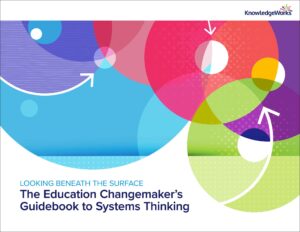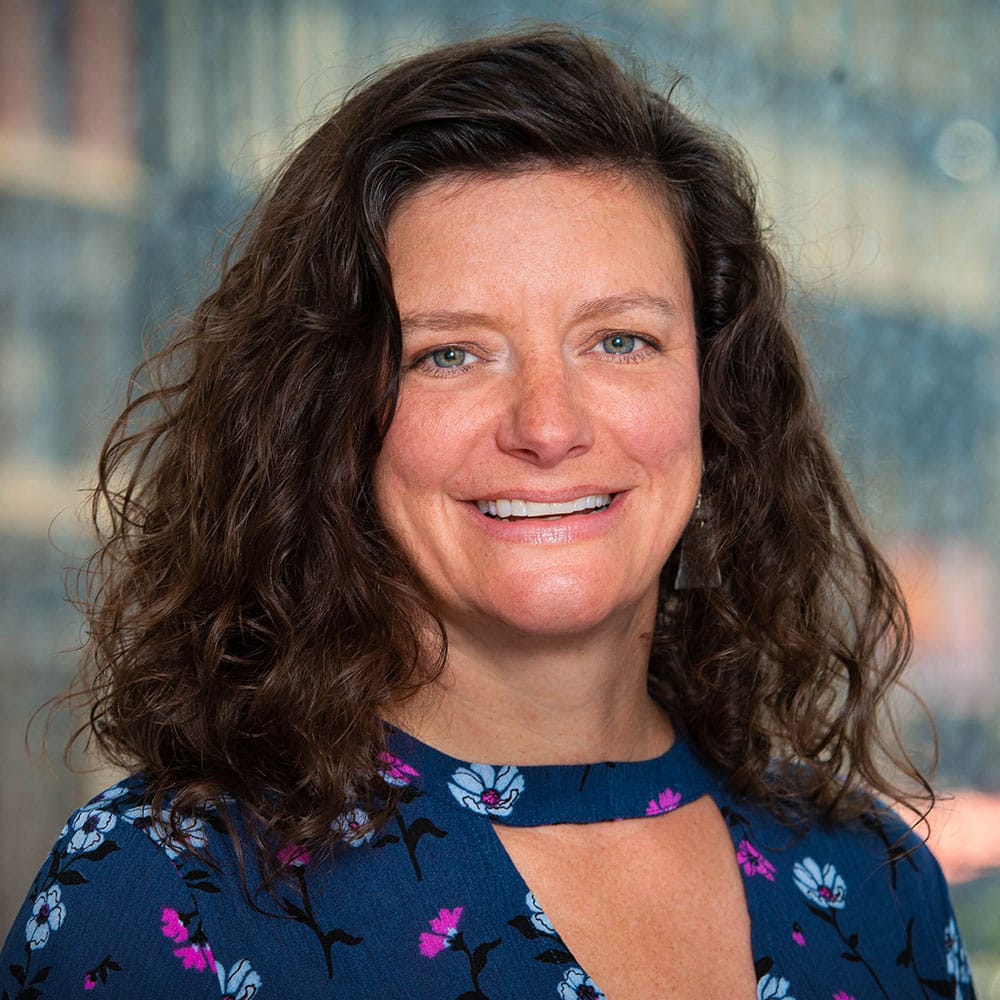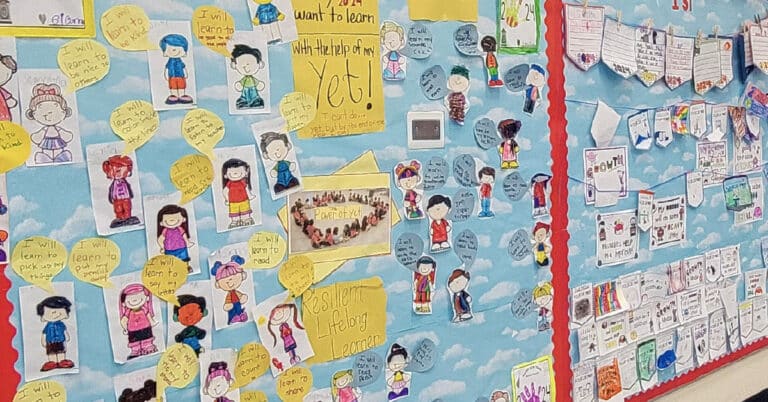How do you feel when you are a member of a team that has come to a meaningful decision together? I’ve been able to witness those moments of consensus building, of empathic listening and educators discussing a critical decision they were facing. Consensus isn’t majority rules; it is all.
Sitting in those types of discussions until consensus is met contains all of the emotions – it requires each person to fully engage. From the collegiality in that moment, hope for becoming a more impactful system for learners grows. It is at that moment when things begin to click, that the educators I have observed look around at each other with joy, having made it to the other side of the decision together and knowing that they were in it together.
Peter Senge talks about how being a system is like being a part of a family. Exactly. We have to know that our work family has our back, but that means more than covering each other’s classrooms. Becoming a system means that we have to know that those decisions that we just made together matter the most. The moment we step into our island and away from those decisions is the moment we turn away from the system.

Examine systems change and take action with the Looking Beneath the Surface: The Education Changemaker’s Guidebook to Systems Thinking.
Read now >>
When you look at our latest tool to support the implementation of personalized, competency-based learning, Finding Your Path: A Navigation Tool for Scaling Personalized, Competency-Based Learning, every condition for success requires coming together, gathering around common language and providing each person involved in the process the opportunity to meaningfully engage. Whether we’re working on a shared process, an instructional framework, a learning continuum or something else, when we’re building something together, our sense of collegiality grows. Our collective efficacy grows. Our community grows. And when we do the work together, we’re thinking in systems, forging a revolution toward equitable outcomes.
Collective efficacy
Learning communities will cultivate a belief in their collective ability to realize levels of impact that make the greatest difference to the outcomes for all learners.
Establishing
Individuals have opportunities to observe and reflect with each other around successes, mistakes and struggles, beginning to work on resiliency
Creating a space to allow learning community members to learn about and practice the components of effective relationships (see culture) to build trust and belief in one another
Possible practices to look for:
- Opportunities exist for learning community members to come together and learn from/with each other in a collaborative, safe space
- Relationship-building is embedded within district and school collaborative practices (meetings, professional development, retreats, etc.)
Developing
Growing connections, belief in one another and resiliency through meaningful professional collaboration, problem-solving and decision-making that focus on the impacts and effects of all learners
Learning community moves beyond a culture of compliance to a collaborative culture where members feel emotionally safe and socially connected
Possible practices to look for:
- Collaborative opportunities are focused on decision-making and problem-solving in service of learning community goals
- Learning community members report that their voices are heard and they feel safe to share and contribute
Operationalizing
The learning community believes and values its collective capacity to demonstrate resilience and overcome challenges in order to realize levels of impact that make the greatest difference to the outcomes for all learners
Possible practices to look for:
- Learning community members can speak to and believe in their role in making a collective impact
- Learning community members trust and respect each other’s contributions
- Learning community members can describe challenges they have collectively overcome in support of their greater goal
For example, imagine a learner goes into English class. That classroom environment, a pocket of success, has:
- Co-created community agreements
- Shared and consistently used protocols and processes
- Personalized, student-centered learning opportunities
- Cycles for continuous improvement for both the learners and adults to grow into a culture of belonging
When the learner leaves their English class and goes to math class, they have to adhere to a completely different set of rules and ways to function. Multiply the differences that a learner experiences throughout the school day and they have to remember eight different sets of behavior, ways for learning, rules, etc. When applying this variety to grading practices in combination with the learning environment, the variability and inconsistencies lead to inequity because they stem from one individual person or approach rather than a systemic approach.
As James Clear says in Atomic Habits, “You do not rise to the level of your goals. You fall to the level of your systems.” I encourage you to ask yourself,
- What would happen if the entire educator staff got together to determine their shared practices?
- What if there was consensus around our agreements, processes and protocols so that learners can practice one set of practices aligned to common expectations of learning throughout the day?
Educators would have clarity across their organization around their beliefs, values and expectations for learning which would enable them to discuss what is happening with their teaching and learning using common language. Learners would have clarity and would be supported by their teachers throughout their day because the organization is working together for what is best for learners. Our learners need us to do that, to be a collective. They need us to grow our collective efficacy so that they are part of an atomic system, one full of hope and dedication to shared habits that support a learning system for the betterment of each and every learner.
When we come together, we increase equitable outcomes because it is no longer the rules and grading practices for room 513 vs. room 75, but how we are with one another, no matter where we are.
How standards-based grading is serving students, teachers and families in this Arizona border community







